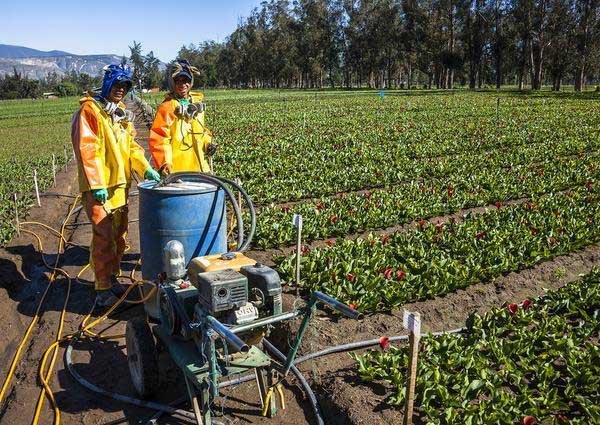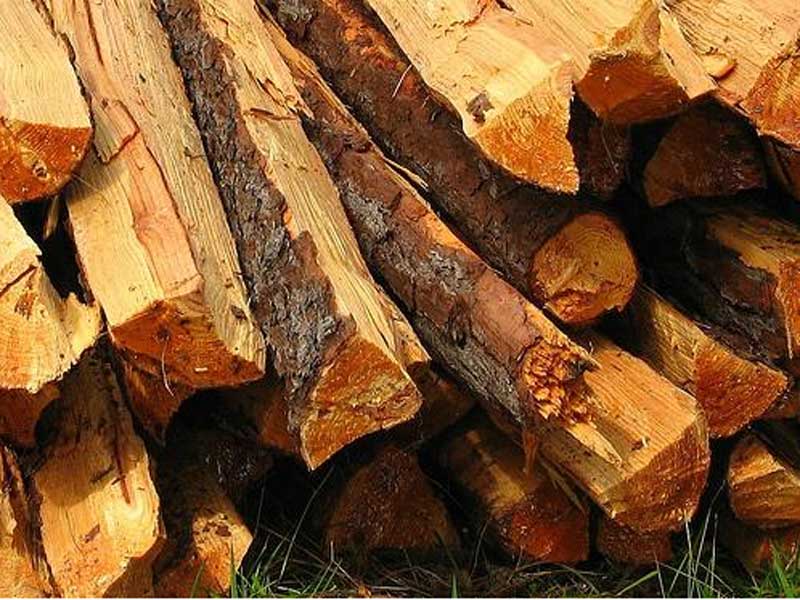Phosphine Disposal
Grain products shipped by rail are commonly fumigated. Often receivers of these railcars find solid Phos-phine PrePacs or magnesium phosphide in them. When this happens, the goal is to get the phosphine material safely and properly disposed. According to the label, the person receiving this railcar must be trained. The receiver must have Personal Protection Equipment (PPE) in order to handle the material safely.
PPE recommended:
- Gloves
- Eye Protection
- Monitoring Device (Draeger Pac III or the New Pac 7000)
- Gas Mask with cartridge for .3ppm up to 15ppm or Self Contained Breathing Apparatus (SCBA) for above 15ppm
When disposing of pre-packaged phosphine it is important to carefully manage this spent material. Phosphine is flammable when wet. A fire could occur if the proper steps are not taken. We believe the “best practice” for safely managing this material is to follow these steps:
Step One:
Place the PrePacs in a wire basket and then in the dry, locked, secured deactivation system. Leave for seven days.
Step Two:
Remove basket containing PrePacs from dry deactivation system and place in drum of water mixed with 1/4 bottle of dishwashing soap. Use a cylinder block or a weight that can fully submerge a basket of pre-pacs for seven days. Always be careful when placing phosphine spent products in water.
Step Three:
The worst thing that could have happened to the PrePacs has-they got wet. But this wetting was managed and soaking in water is just an extra precaution. Now you are disposing of a pesticide package and not a pesticide.
In most states this is not hazardous waste or special waste. Always double check your states regulations for conformity.
You can also view an instructional YouTube.com video for more on this important fumigation safety process.
Note: It is a good idea to let the local dumpster company and authorities know that you will be properly deactivating the waste before you insert it into the dumpster. They may want to know in case of an emergency. Just think, if a fire were to occur, phosphine is flammable when wet andfires are normally extinguished with water.
(According to Fumigationzone.com)




